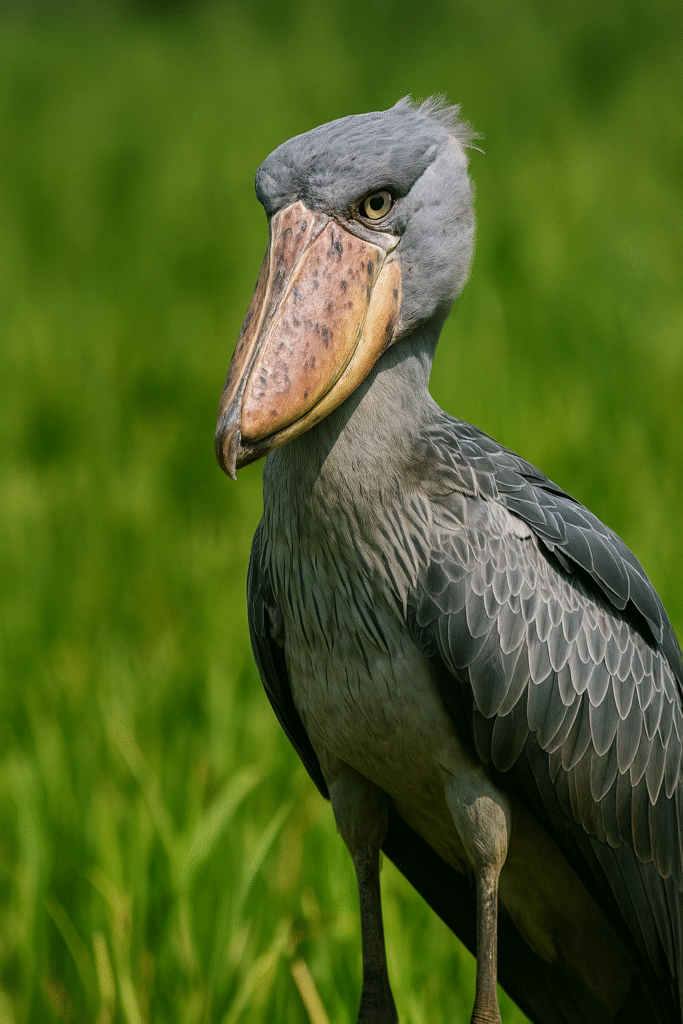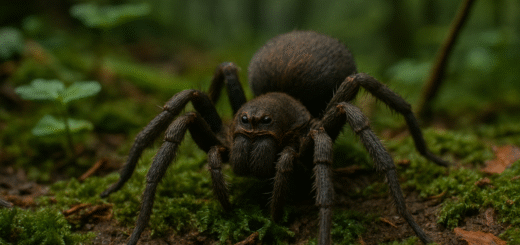The African Shoebill: Nature’s Most Mysterious Bird
What Is the African Shoebill?
The African Shoebill (Balaeniceps rex) is one of the most unique birds found in Africa. Often called the “dinosaur bird” or “whale-headed stork,” the Shoebill is famous for its massive shoe-shaped beak, piercing stare, and prehistoric appearance. Despite its stork-like name, it’s more closely related to pelicans.

Where Does the Shoebill Live?
Shoebills are native to the swamps and wetlands of central tropical Africa, primarily found in:
- Uganda
- Zambia
- South Sudan
- DR Congo
These birds thrive in isolated, swampy areas where they hunt undisturbed. Shoebill sightings are most common in Uganda’s Mabamba Swamp, making it a prime destination for birdwatchers.
Why the Shoebill Is So Unique
- Massive Beak: Its large, clog-like bill helps it catch slippery prey like fish, frogs, and even baby crocodiles.
- Silent Hunter: The Shoebill is a master of stillness, standing motionless for hours before striking with lightning speed.
- Prehistoric Vibes: With its slow movements and ancient features, many liken it to a real-life dinosaur.
Shoebill Conservation Status
The African Shoebill is listed as Vulnerable by the IUCN. The main threats to its survival include:
- Habitat destruction due to farming and human encroachment
- Illegal bird trade
- Low breeding rates
Efforts are underway in Uganda and other nations to protect the bird’s habitat and educate locals about its ecological importance.
Why Birdwatchers Love the Shoebill
For bird enthusiasts and wildlife photographers, seeing a Shoebill in the wild is a once-in-a-lifetime experience. Their elusive nature, combined with their dramatic appearance, makes them one of Africa’s top birdwatching targets.
Final Thoughts
The African Shoebill is more than just a rare bird — it’s a symbol of Africa’s rich biodiversity and the importance of wetland conservation. Whether you’re a nature lover, a birdwatcher, or just someone fascinated by strange and wonderful animals, the Shoebill is a creature worth knowing.








